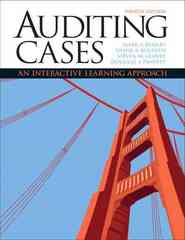Answered step by step
Verified Expert Solution
Question
1 Approved Answer
Question 4 (Barriers to Exit The Steel Trapl) If firms incur a cost to exit the market, they may not shut down in the short

Step by Step Solution
There are 3 Steps involved in it
Step: 1

Get Instant Access with AI-Powered Solutions
See step-by-step solutions with expert insights and AI powered tools for academic success
Step: 2

Step: 3

Ace Your Homework with AI
Get the answers you need in no time with our AI-driven, step-by-step assistance
Get Started



